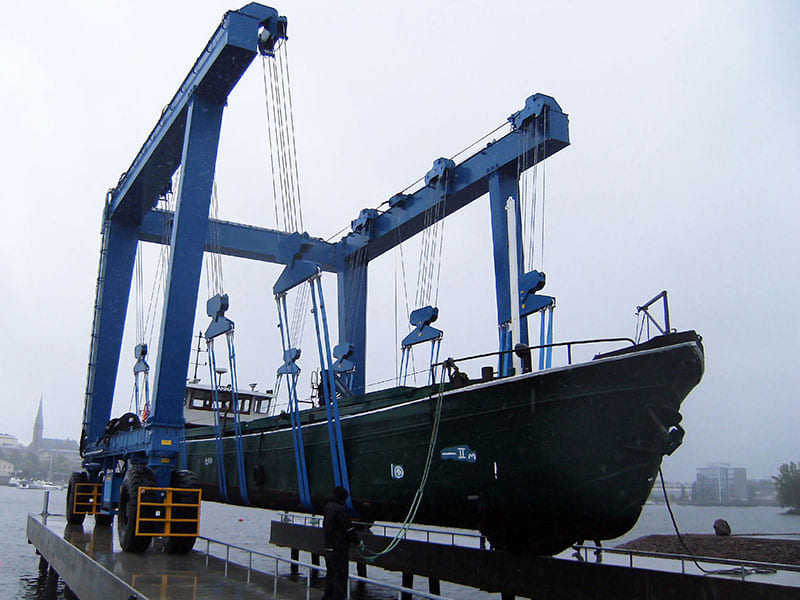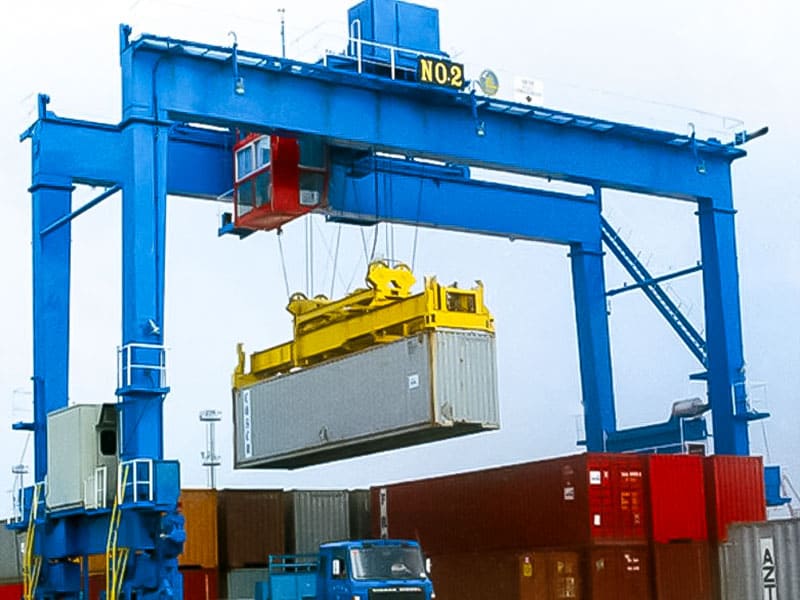The Electric Rubber Tired Gantry Crane is a lifting equipment used in ports, docks, and container yards. It uses rubber tires as a mobile device, which can move freely on the ground without tracks and has high flexibility and maneuverability. The following is a detailed introduction to the electric rubber tire gantry crane:
1. Main features
High flexibility:
Due to the use of rubber tires, it can move freely within the yard without being restricted by tracks and adapt to different working areas.
Environmental protection and energy conservation:
The use of electric drive reduces the emissions of traditional diesel engines, meets environmental requirements, and reduces operating costs.
Efficient operation:
Equipped with advanced electrical control systems, the efficiency and accuracy of crane operation have been improved.
Good stability:
The rubber tire design provides good stability and passability, suitable for various ground conditions.
2. Working principle
Positioning and movement:
By moving the rubber tires, the crane can quickly locate to a designated location, covering different areas of the yard.
Grasping and lifting:
Lower the lifting device and grab the container, and lift it to the required height through the lifting mechanism.
Horizontal and vertical movement:
The lifting trolley moves horizontally along the bridge, while the crane moves longitudinally along the ground to transport the container to the target location.
Placement and release:
The lifting device places the container in the target position, releases the locking device, and completes the loading and unloading operation.
3. Application scenarios
Container Yard:
Used for container handling and stacking in container yards at ports and terminals.
Freight Station:
Used for container transportation and stacking at railway freight stations and logistics centers.
Handling of other bulk goods:
In addition to containers, it can also be used to transport other bulk goods, such as steel, equipment, etc.
4. Key selection points
Lifting capacity and span:
Choose the appropriate lifting capacity and span according to specific needs to ensure coverage of all work areas.
Electrical systems and controls:
Choose cranes equipped with advanced electrical control systems to improve operational efficiency and safety.
Environmental performance:
Ensure that the crane meets environmental requirements, reduces emissions, and reduces noise.
Post time: Jun-26-2024











